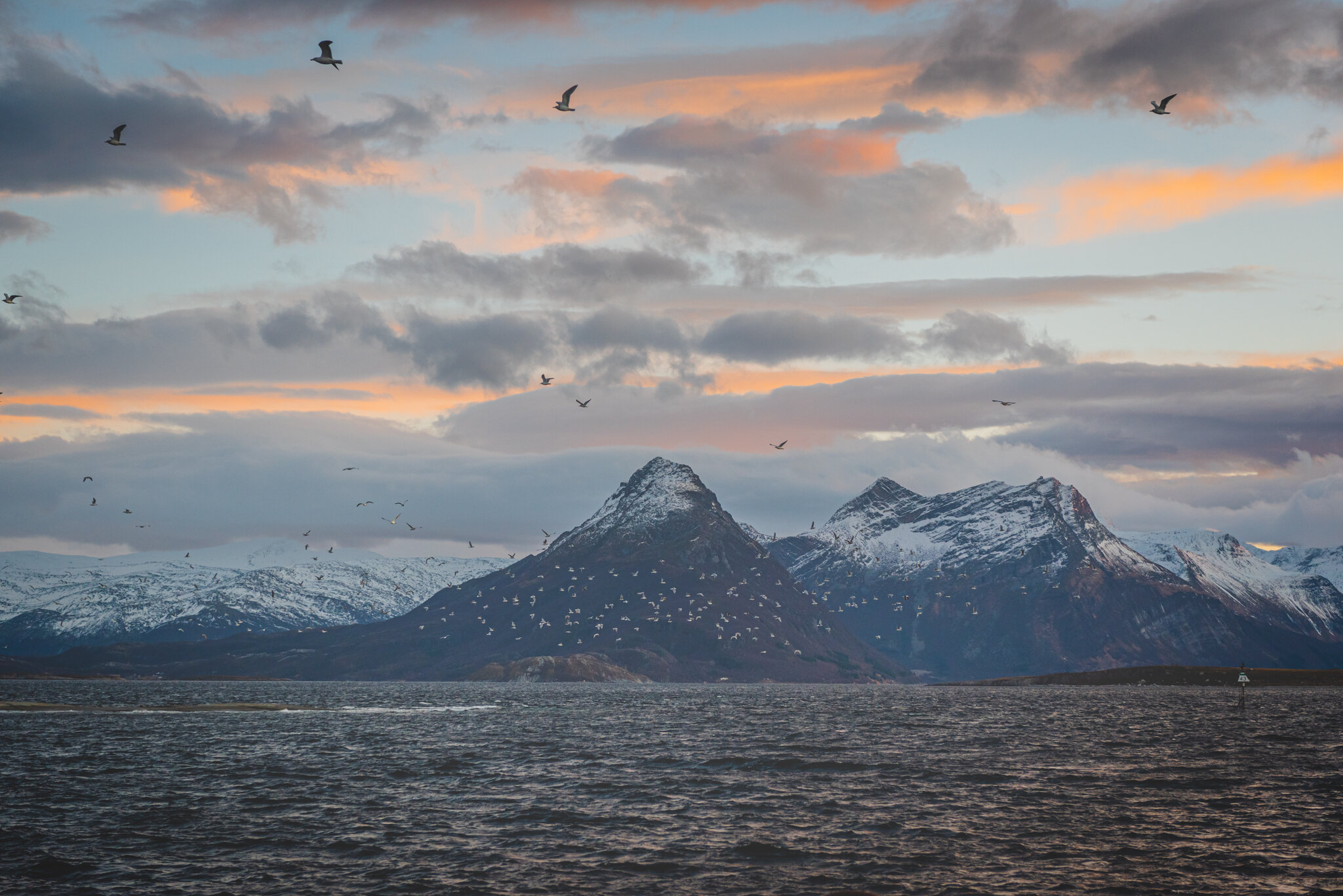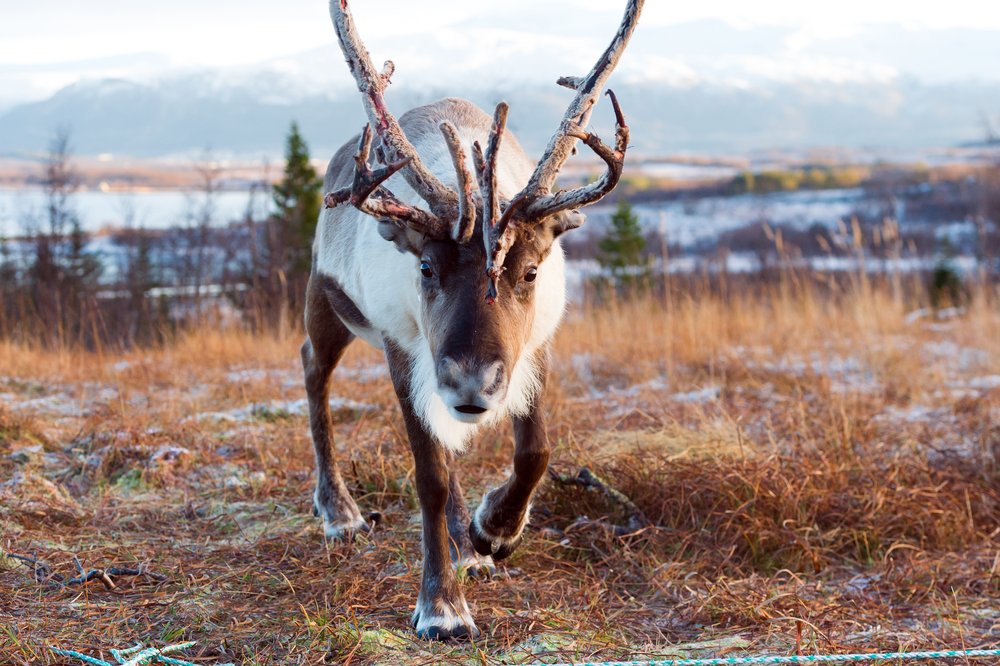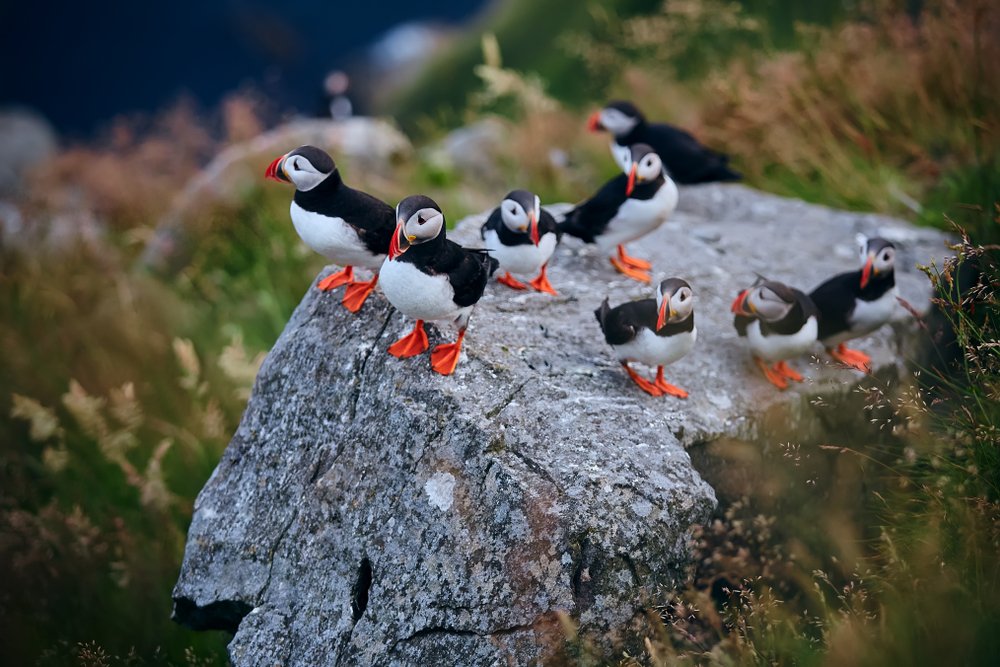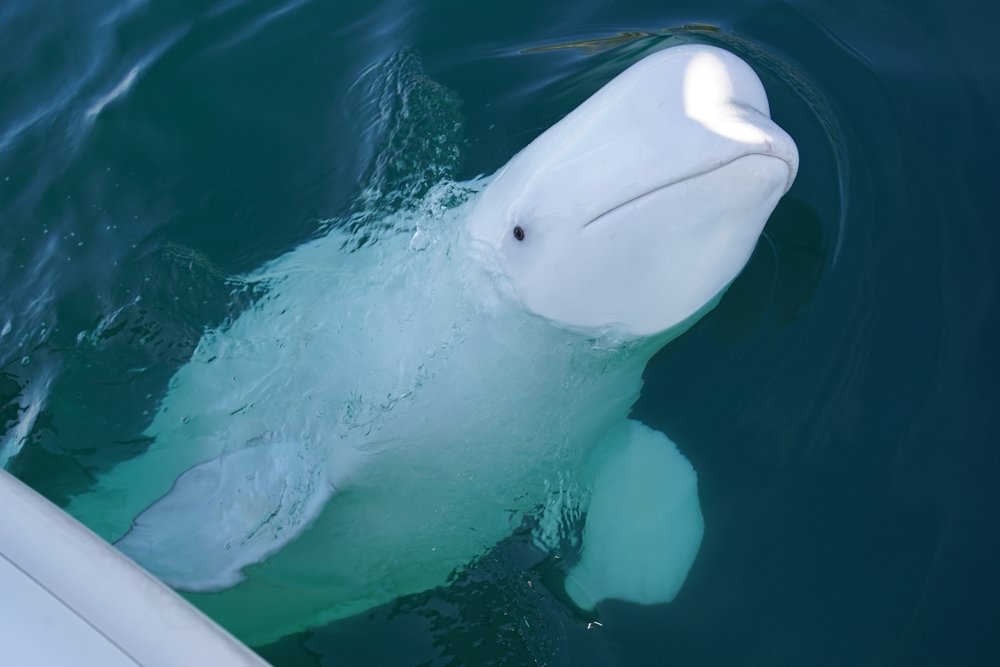Norway’s Wildlife
It’s not just salmon that love living in Norway! A whole bunch of other exciting animals call the spectacular Norwegian landscape home. Nature in Norway is really lavish, and Norwegians both treasure and take good care of it.
Norway is located in northern Europe and occupies the western half of the Scandinavian peninsula. Mountains take up about two-thirds of Norway. Hills covered with forests occupy the southeastern part of the country and magnificent fjords and glaciers can be found to the west and the north. Famous for its gorgeous coastline carved by deep glacial fjords, Norway has around 50,000 islands, and their waters and shores are busy with wildlife.
We talk a lot about preserving the pristine Norwegian water, and when it comes to nature, we do the same: Norway has 44 national parks, 37 located on the mainland and 7 on the archipelago of Svalbard (the most northern part of Norway, just over 600 miles from the North Pole). Many have been designated to preserve rare plant and animal life while others are protected to preserve reference points for environmental research.
Many seabirds, like puffins, choose to visit Norway’s coasts. Whale species including belugas, killer whales, and sperm whales are often spotted off the coast of Svalbard during the summer. Seals are regular residents in Norway, and harbour and ringed seals can often be found.
Here is a detailed species breakdown of the various wildlife in Norway by A to Z Animals:
Birds: 526
Insects: 16,000
Freshwater Fish: 45
Freshwater Invertebrates*: 1,000
Mammals: 90
Marine Fish: 150
Marine Invertebrates: 3,500
*Invertebrates meaning a cold-blooded animal with no backbone.
Norway’s breathtaking scenery is home to so many animals like the arctic fox, musk ox, polar bears, and reindeers. Let’s see who else lives there!
Reindeer
Reindeer are very social animals who love to hang out together and roam in large herds. There are around 30,000 reindeer in Norway and around 10,000 on Svalbard. Reindeer feed on lichens, grasses, ferns, and shoots of deciduous shrubs. To survive the winter, reindeer grow thicker fur, which even covers their antlers, and then shed it in the summer.
Musk Ox
Musk oxen can be spotted in the mountains living in herds of 8-24 individuals. They feed on grasses, lichen, woody plants, and mosses, and will also eat arctic willow. Even though their weight is up to 880 pounds (400kg), they can run at speeds of 37mph (60kph)!
Arctic Fox
Just like salmon and reindeer, the arctic fox is quite well-adapted to the cold and lives in the most northern parts of Norway. The curious thing about them is that they build dens with many entrances in the arctic tundra. Those “underground huts” often are passed on as inheritance and used by many generations. Some have been used for hundreds of years! Arctic foxes have a high-pitched bark and incredibly sensitive hearing, which they use to locate their prey even under a covering of snow. They prefer to eat mainly lemmings.
White-Tailed Sea Eagle
The largest bird of prey, the white-tailed eagle or sea eagle, mates for life and nests along the entire coastline of Norway. With a wingspan of up to 7.8 ft (240cm), they eat mainly fish but also carrion, hares, and other smaller birds.
Puffin
Around the coasts of northern Norway, you can easily notice the puffin with its recognizable short colorful beak. They live there because their diet consists almost entirely of fish.
Wolves
Wolves are critically endangered in Norway. They live mainly in forests close to the Swedish border and are often seen in packs of up to 15 wolves, which helps them to eat anything from a moose to a hare.
Polar Bear
The largest type of bear, the polar bear, can be found around the coast of Svalbard where there is sea ice. The male polar bear can weigh between 660 - 1550 pounds (300-700kg), whereas females are about half that size. The polar bear's main source of food is seals.
Harbor Seal
Harbor seals live along the entire coast of Norway. Weighing around 200 pounds (100 kg) and 4.9 ft (1.5 meters) long, they gather in big groups of 10-20 seals. They enjoy hanging out on beaches and tidal and rocky areas. They eat a variety of Norwegian fish and will also munch on crustaceans and some cephalopods. Their pups can swim as soon as they are born.
Ringed Seal
Ringed seals live on the ice on Svalbard. They grow to between 3.6 ft to 5.2 ft (1.1 and 1.6 meters) and can weigh between 100 and 200 pounds (50 and 100kg). The males are bigger than females. The ringed seal's main predators are polar bears, greenland sharks, killer whales and occasionally seal-eating walrus.
Killer Whale
There are thought to be around 3000 killer whales living in the Norwegian and Barents Sea around Svalbard. Males are usually larger than females with males growing to be up to 30 ft (9m) long and weighing up to 12,125 pounds (5.5 tonnes), whereas females grow up to under 8m and can weigh up to under 4 tonnes. They feed on fish, seals, and other marine animals and will even attack blue whale calves. They often work together to catch their prey, such as herding fish into tight balls.
Beluga Whale
Usually in pods ranging from 2 to 20, beluga whales, or white whales, live in the northern waters around Norway and can often be seen off the coast of Svalbard. With a length of up to 16 ft (5 meters) and weight up to one and a half tonnes, they feed primarily on fish and crustaceans.
Sperm Whale
Very often in the summer, spectacular sperm whales can be spotted around the coast. They have the biggest brain size on earth mainly because they can be as large as 60 ft long. They can dive up to 3,280 ft and can hold their breath for up to 90 minutes. That huge animal feeds mainly on squid and various fish.
Which is your favorite Norwegian animal?










